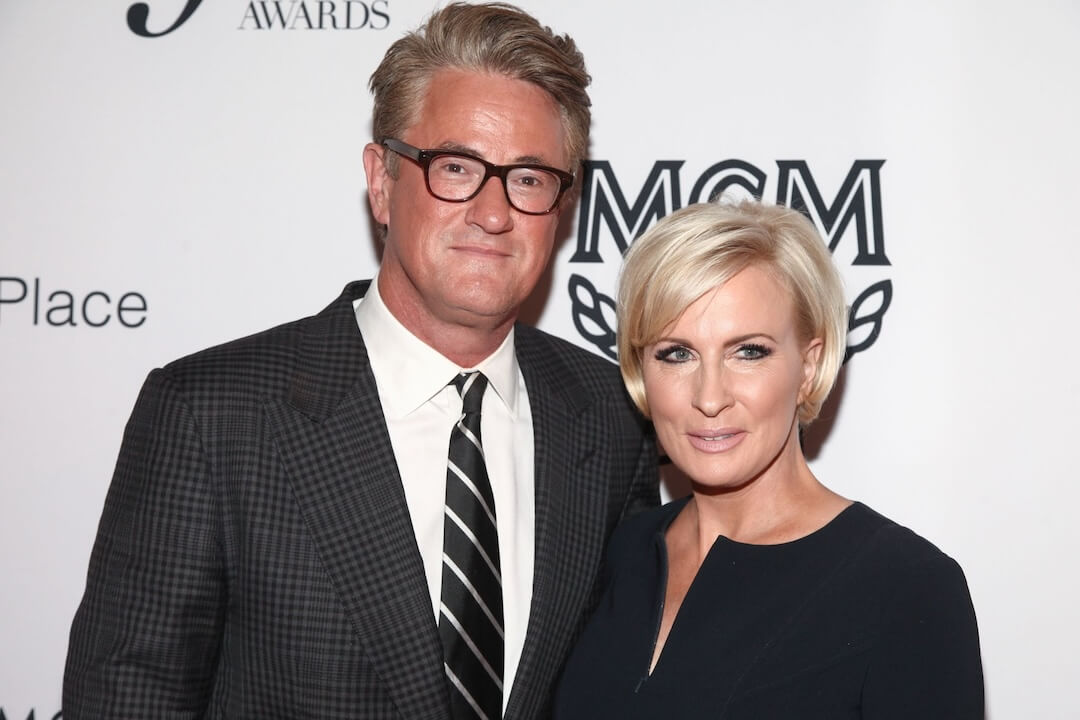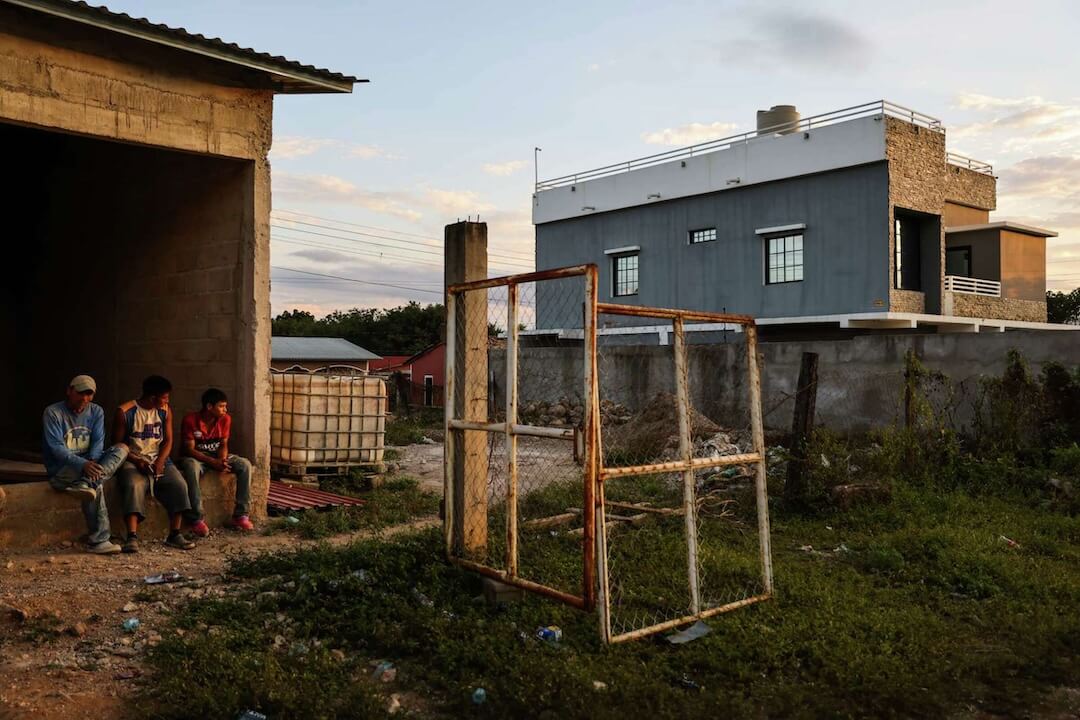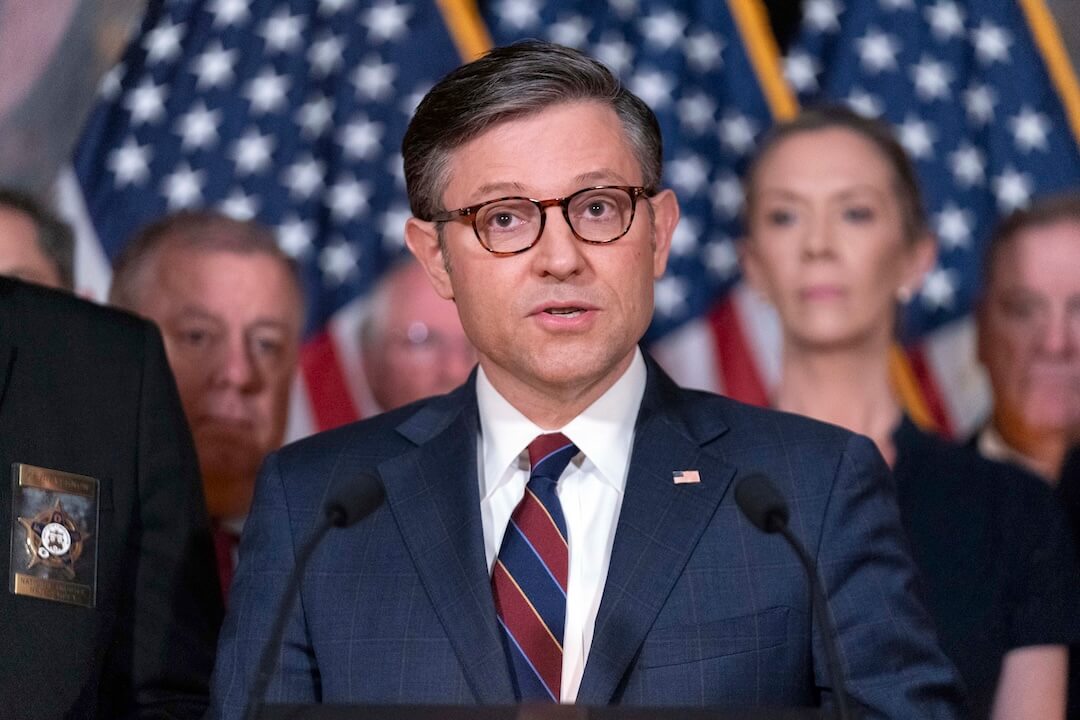After reading a Columbia Journalism Review piece last winter on restorative narrative, Nicole Dahmen wanted to know more. She started reading everything she could find on the idea.
“Images & Voices of Hope, a non-profit media group, has been instrumental in terming, defining and promoting ‘restorative narrative,'” said Dahmen, an assistant professor in the School of Journalism and Communication at the University of Oregon.
As ivoh defines it, she said, restorative narrative tell stories of “recovery, restoration and resilience in the aftermath, or midst of, difficult times.”
Restorative narratives share some characteristics, Dahmen said, including that they’re “1) strength-based with hard truths that show progression without giving false hope; and 2) authentic, sustained inquiries that present universal truths and human connection.”
“I have always been interested in both the short-term and long-term effects on the individuals who are thrust into the media spotlight in crisis or disaster situations,” Dahmen said. “With restorative narrative, I was intrigued by the idea of telling the story beyond the immediacy of the news, which is generally considered to be contextual reporting, to focus on resilience and the longer-term effects on both individuals and communities.”
Dahmen is now studying restorative narrative with a grant from the Agora Journalism Center at the University of Oregon. We spoke via email about what she’s learning and where restorative narrative fits with more traditional journalism.
Tell us about your grant to study restorative narrative, what are you researching?
I applied for and received a grant from the Agora Journalism Center at the University of Oregon to study restorative narrative. From a research perspective, I wanted to study the impact of restorative narrative through theory-based study of both message construction by journalists and message impact on individuals and communities. And because I am a visual communication scholar, I was especially interested in studying restorative narrative through the lens of photojournalism. My data collection involved in-depth interviews and analysis of both written and visual journalism.
What have you found so far?
My research and data have led to some key insights. From the visual research, photographs can absolutely embody the characteristics of the genre of restorative narrative, from capturing the authenticity of the situation to those moments of meaningful progress and human connection that work as exemplars of resilience for larger communities. A related critical piece is that while it can take time to establish, the process of sustained inquiry, which is another characteristic of restorative narrative, helps to build trust between the subjects and the photojournalists. This trust in an integral and needed component in capturing intimate and meaningful images. From my interviews and text-based research, I consider restorative narrative within the landscape of modern storytelling. The data lead to a working hypothesis and conceptual model that considers the “why” and “how” of contextual reporting, like that of restorative narrative. The conceptual model considers contextual reporting, while presenting a plan for journalistic sustainability in the age of digital news and social media.
Tell us about sustained inquiry. What does that mean?
“Sustained inquiry” is one of the characteristics of restorative narrative as defined by Images & Voices of Hope. Recovery from a large impact event takes time, sometimes months and years. In restorative narrative reporting, journalists must be cognizant that recovery is a process. Reporting beyond the immediacy of the news, and being able to report on meaningful progress, requires a long-term commitment from both journalists and media organizations. Reporting restorative narrative takes time. It’s not a one-time interview or photo shoot.
Is the idea of restorative narrative new, or is it just a term for something that has happened for awhile without really having a label?
Considering visual reporting, photographs could be said to have long since exemplified the characteristics of the genre. Modern photojournalism is (or should be) rooted in authenticity. Through its realism, photojournalism captures the hard truth of a situation. Photojournalism can certainly be a sustained endeavor that shows meaningful progression. Images can most definitely capture resilience and forge a human connection. In my research, I find and argue that aspects of the genre have certainly existed for quite a long time. But I believe the value of naming a perhaps always-existing genre of visual journalism is in creating an identifiable, meaningful and sustained direction for newsroom practice.
How do you see restorative narratives fitting within a news organization’s offerings? How does it fit with the goals of traditional journalism?
While the people in restorative narratives may be unfamiliar, the experiences and problems facing individuals and communities are mutually experienced: crises of poverty and economic disparity, racial tensions, social justice, mass shootings, challenges to education, natural disasters, and the like. Restorative narrative provides examples of recovery and resilience within communities to serve as exemplars of hope to larger communities facing the same challenges. It is in these situations that this type of reporting becomes most relevant. Another aspect of my research was to understand how restorative narrative (as contextual reporting) fits into the landscape of modern journalistic storytelling. And along those lines, I also studied practical considerations for reporting restorative narrative.
How can people who want to do this learn more?
To learn more about restorative narrative, visit ivoh. Poynter also has some good articles on restorative narrative. ivoh has just launched the call for applications for the second iteration of its Restorative Narrative Fellowship.
Related: Poynter’s News University has a Webinar next month called “Improve Your Storytelling Through Restorative Narrative” with Images and Voices of Hope’s Executive Director Mallary Tenore. Tenore previously worked as the editor of Poynter.org.








